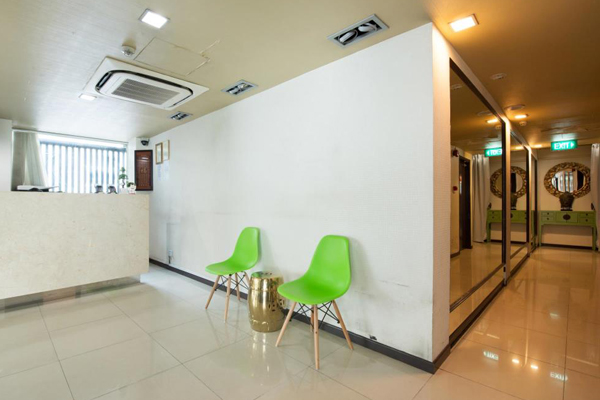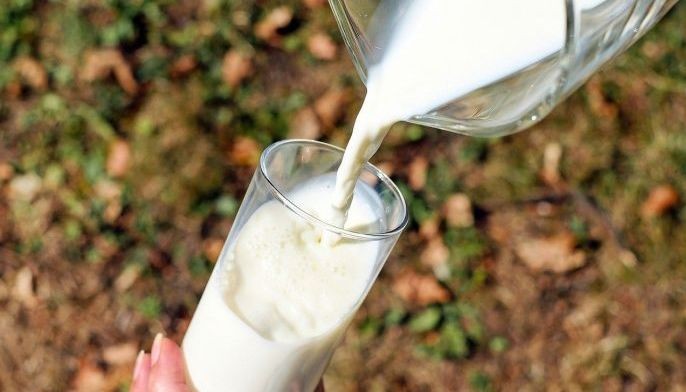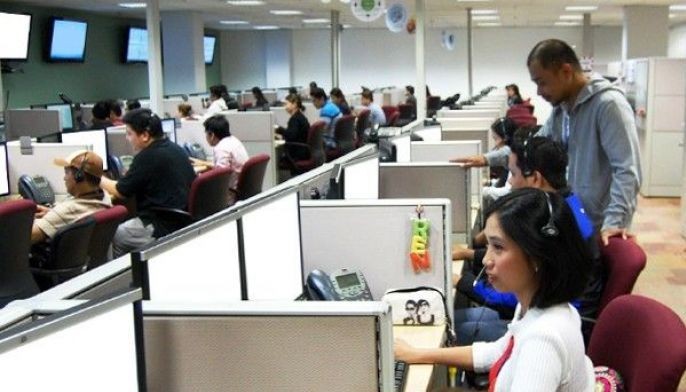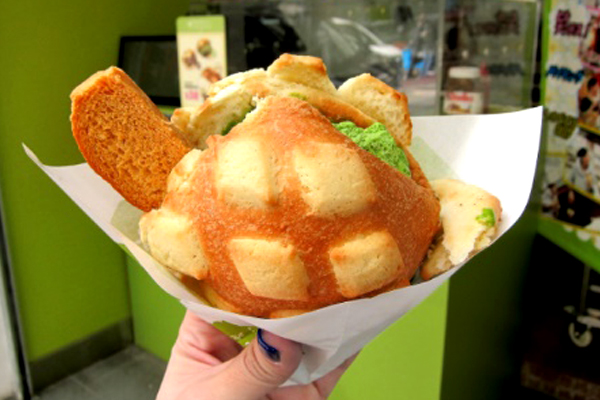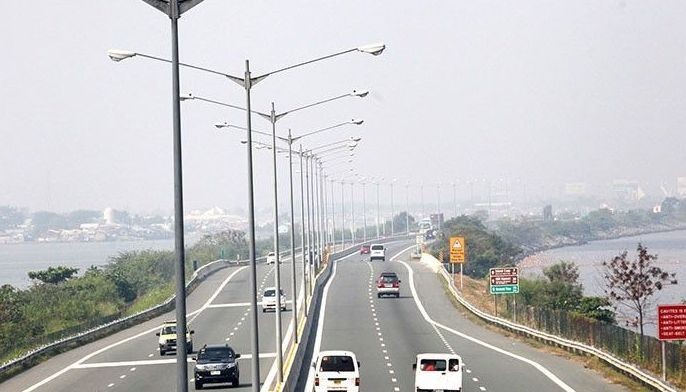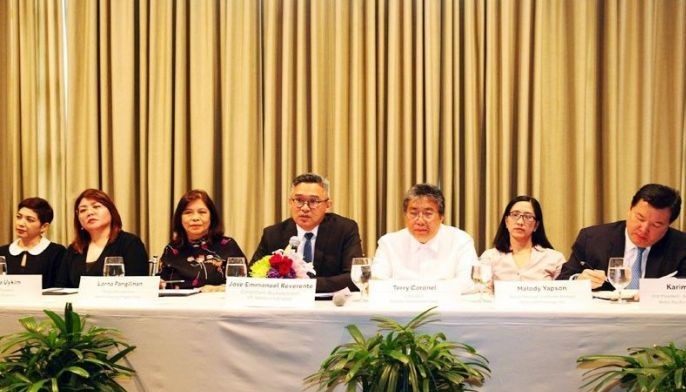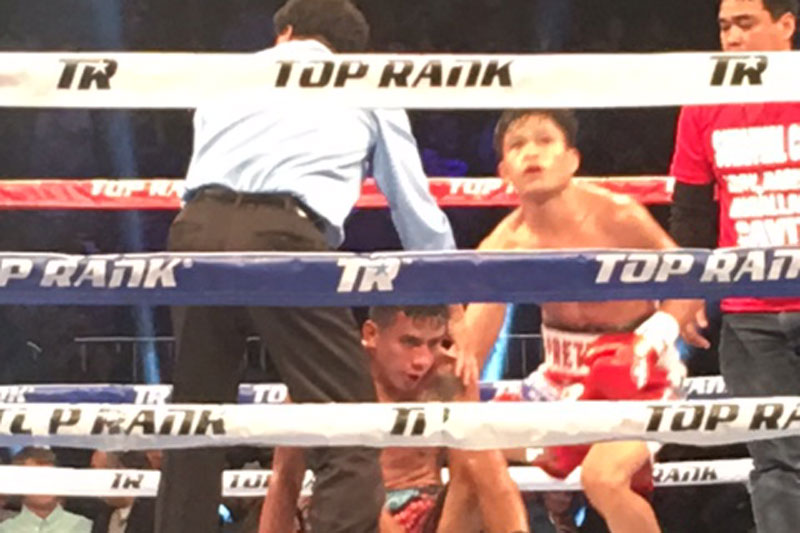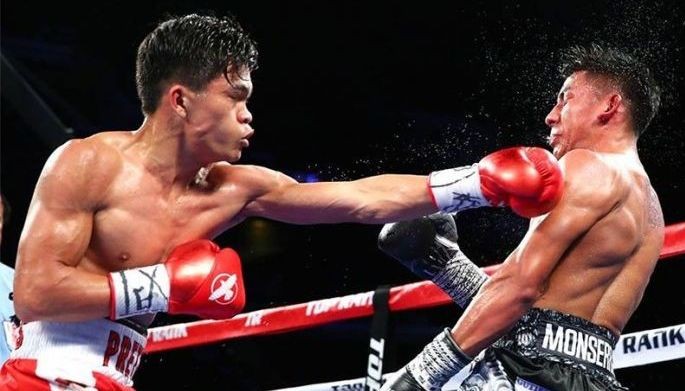In case you initially got confused with the exchange of words about the state of rice supply in the Philippines – all coming from government sources, by the way – chances are you buy rice that’s priced from between P40 to P80 per kilo, either local or imported.
The recent debate on whether there is or there is no shortage of rice really refers to those that the government imports, which finds its way to the market at prices from P28 to P35 per kilo, and which our less affluent countrymen choose.
About 2 million Filipino households are estimated to still prefer rice imported by the National Food Authority (NFA), even if the quality is inferior compared to most commercial rice varieties found in the local market.
For them, the savings from cheaper NFA rice goes a long way in bringing down food expenses, especially now that prices of basic commodities – including petroleum products – have been rising.
Controversy build-up
But back to the NFA rice shortage argument. Apparently, the market felt a real pinch when low-priced rice became scarce in wet markets, the government’s traditional supply outlet for NFA rice, and NFA-registered and recognized rice retailers.
The NFA was quick to respond that its stock was at precariously low levels, in part explaining why there was a tightness being experienced at the outlets. The miscalculation in stock levels, it hinted, was of the abnormally high level of withdrawals for calamity use, including recent typhoons and the Mount Mayon evacuation.
As the controversy started to build up, the Office of the President quickly issued a statement that there was no rice shortage per se since there was continued ample supply in the market, particularly the more expensive commercial varieties. It conceded, though, that the NFA stocks were at a low level.
The Office of the President further assured the public of adequate future NFA rice stocks by approving the NFA’s request to import some 250,000 metric tons of rice, but this was on a standby basis.
Apparently, the NFA is expecting a shipment of 325,000 metric tons within the month, which would immediately bring back its buffer stocks to healthier levels, and chase away speculative pricing that had recently hounded NFA rice.
Manipulation and corruption
The standby permit given by the Office of the President to NFA is subject to approval by the NFA Council, one which may likely not be activated – not just because the NFA and NFA Council continue to be at loggerheads – but because of the expected arrival of 325,000 metric tons this year.
Still, the President’s order approving a standby importation of 250,000 metric tons caused advocacy groups to complain of possible corruption and discrimination against local rice farmers.
They accused the NFA of conniving with local traders in manipulating NFA rice supply and prices since the NFA stock levels were still beyond 30 days. The NFA has to keep a minimum 15-day stock level at any time of the year.
Price manipulation was also suspected since it was easier to manipulate NFA prices because of the confusion still prevailing from the effects of the Tax Reform for Acceleration and Inclusion (TRAIN) Act passed into law starting Jan. 1 this year.
It was also hard to believe there was a shortage because commercial rice stock levels were at their highest too. A healthy harvest of 19.4 million metric tons last year brought up the country’s inventory level to more than 90 days, something which had not been experienced for some years now.
Lynching local farmers
Advocacy groups once demanded the government to mandate the NFA to buy more rice directly from local farmers, and circumvent the existing system where traders dictate low farm gate prices of palay (unhusked rice, and make more money in the after-harvest and distribution.
In fact, the NFA’s local rice purchases have been steadily declining over the years, and now just account for three percent of local production. The NFA is mandated to buy up to 10 percent of rice produced by Filipino farmers.
Our rice farmers are being lynched on all levels, which has dragged them deeper into the poverty pit. They continue to be deprived of government support in infrastructure, from irrigation to feeder roads to drying and milling facilities.
Then, middlemen have successfully dominated the post-harvest system, and in the process, given them a bigger say in dictating farm gate prices, citing competition from lower-priced rice imports.
With trade barriers continuously being broken down, the entry of cheaper rice from Thailand, Indonesia, and India further adds to the pressure to even lower local rice farm gate prices.
Cheap rice vs rice self-sufficiency
This brings the debate on rice self-sufficiency on stage again, one which the Philippine government must decide with a conviction that comes with allocating sufficient funds to support infrastructure for rice farming and subsidies where needed comparable to what other rice-producing countries have adopted.
This also means allocating and preserving rice lands away from real estate developers, retraining of rice farmers, introducing new technologies, taking advantage of the existence of an international rice research institution, and even encouraging local manufacturers to produce affordable after-harvest equipment.
If our government cannot commit to the whole idea of preserving our country’s independence with regards rice production, then let’s do away with the pretentions, and straight-away gradually move to importing all of our rice requirements.
Cheap imported rice flooding the local market would be another way of boosting the President’s popularity. Let’s worry about potential global rice shortages and price warps when and if the time comes.
Facebook and Twitter
We are actively using two social networking websites to reach out more often and even interact with and engage our readers, friends and colleagues in the various areas of interest that I tackle in my column. Please like us at www.facebook.com and follow us at www.twitter.com/ReyGamboa.
Should you wish to share any insights, write me at Link Edge, 25th Floor, 139 Corporate Center, Valero Street, Salcedo Village, 1227 Makati City. Or e-mail me at reydgamboa@yahoo.com. For a compilation of previous articles, visit www.BizlinksPhilippines.net.



 Twitter
Twitter Google+
Google+ RSS Feed
RSS Feed Contact Us
Contact Us














